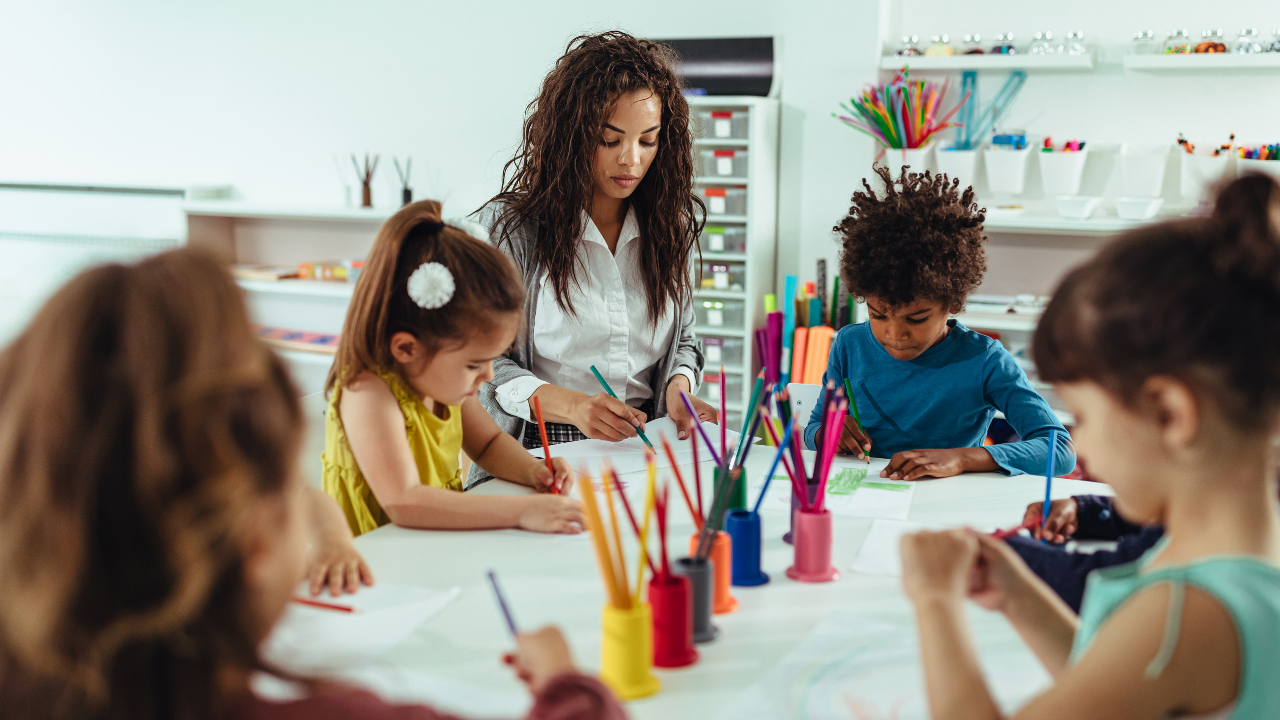4 Things to Know About the Connection Between Working Memory and Visualization

We recently had the exciting opportunity to sit down with Dr. Erica Warren to chat about working memory.
You might know Dr. Erica Warren from her work as an educational therapist, executive function coach, writer, artist, podcaster, and blogger. She is the brain behind Good Sensory Learning, where she shares multi-sensory materials, and Learning Specialist Courses, where she shares teacher trainings.
Dr. Erica also works 1:1 with students in her private practice, Learning to Learn because she loves empowering students of all ages to maximize their learning potential.
During our conversation, we were really taken but the connection between visualization and working memory. Today, we want to share with you more about that.

What is Working Memory?
According to Dr. Erica Warren, working memory is a piece of executive functioning. Executive functioning is a huge part of learning, but many individuals struggle with aspects of executive functioning.
There are three parts to executive function:
- Working memory
- Inhibitory control
- Cognitive flexibility
Working memory enables us to hold onto information and manipulate information. This might sound simple but it’s actually quite a complex skill. We use our sensory input to bring information into our immediate memory, which is held in the short-term or conscious memory. Next, we use our inner eye and our inner visuals to mentally manipulate the information. Then we use prior information to make sense of what is going on in the present moment.
Working memory is vital for the learning process. It’s even said that working memory is the number one indicator of academic success! Wow!
Here are 4 Things You Should Know About the Connection Between Working Memory and Visualization

With visualization, there is a massive continuum.
There are kids who are visualizing all the time, no one taught them how to but it’s their genius quality. There are other kids who not only don’t create a movie in their head, they also don’t even know what you’re talking about when you mention it.
This is what Dr. Erica Warren refers to as a closed mind’s eye. In her practice, Dr. Erica helps kids to develop their inner eye and their capacity to visualize because it helps with executive functioning!
Some kids have one voice and some kids have many voices! Don’t assume that every student visualizes the same way.
You can use visualization to teach kids to pay attention!
Dr. Erica shared that she hears teachers ask all the time, “How do I teach kids to pay attention?” Her solution? Teach them to visualize. If you’re visualizing what you’re learning about, you’re paying attention. You can use your inner voice and your visualization to pay attention. Now, you’re teaching kids to use their working memory to manage their learning.
Visualization is like dreaming while you’re awake.
Have you ever thought of visualization as dreaming when you’re awake? That’s how Dr. Erica explains it to her students. We all have the capacity to dream and we can see things in our mind while we’re dreaming. Visualization is just a matter of teaching kids to dream while they’re awake. In essence, that is what visualization is!
Visualization is especially powerful for those with dyslexia.
Many kids with dyslexia can struggle with visualization, not because they don’t have the capacity, but because they don’t have the cognitive space. When they are reading, they are focusing so much cognitive energy on decoding that there is no room to visualize. This can contribute to their low comprehension.
It’s so important to develop a child’s visualization capacity to a point of automaticity. Once they can visualize automatically, it will no longer take up cognitive space.
When working with young struggling readers, it is just as important to develop their visualization capacity as it is to develop their decoding.
For even more on working memory and to listen to our full interview with Dr. Erica Warren, check out our latest episode of the Together in Literacy podcast. If you like what you hear, don’t forget to rate, leave a positive review, and subscribe!
Looking for strategies and resources?
Sign up for our newsletter for news, resources, and freebies delivered straight to your inbox.
We hate SPAM. We will never sell your information, for any reason.
